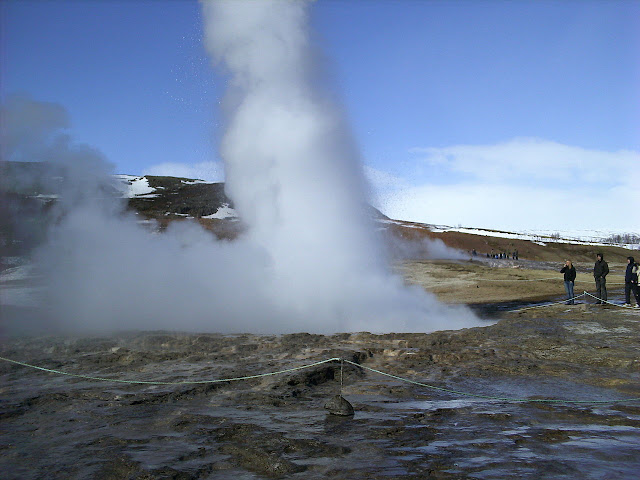White sandy beaches are off
course yes for all. But what you do, when there’s a lava beach that has risen
from the ashes? Actually, Iceland has many volcanic beaches, but Reynisfjara
Black Sand Beach is hands down the coolest with its black sand, insane basalt
columns, lava formations, towering cliffs, and caves. One of the rarest beaches
on the planet is located near the village of Vík í Mýrdal, in Iceland, which
faces the open Atlantic Ocean and is situated in 180 kilometers from Reykjavik.
You won’t find garbage on the beach; people are infrequently guests here due to
the cold and wet weather. Southern Iceland is framed by a black sand beach that
was ranked in 1991 as one of the ten most beautiful non-tropical beaches in the
world.
In Iceland this is wettest place,
as rains are permanent feature, as here for 340 days a year. Moreover sand is
also clean from the stones and any other impurities. It’s clean fine sand of tremendously
black color! The clarification is very simple, because during the volcanic
eruption, lava flowed into the ocean and cooled there, and then, for the long
centuries water used to break it into tiny particles making exceptional kind of
sand. Thus, progressively the water ousted it to the coast. The American
journal “Islands Magazine” named this outstanding black beach one of the 10
most astonishing non-tropical beaches on the planet. The coastline of the
strange black sand beach stretches for five kilometers.
The black basalt columns are
called “Reynisdrangar” and they appeared as a result of exposure of the water
on the coastal cliffs. They are located next to the majestic towering mountain
Reynisfyadl. Furthermore, this area is popular for its caves and huge black
boulders. The creatures petrified here, when couldn’t hide from the sun in
time. However, to drag three ships ashore, other to sink the Icelandic ship.
The locals of such unusual places like this like to turn everything into a
fairy tale, maybe, to attract tourists, or they can really trust in it.
Moreover, cold water of the coast beach, the infinite fogs, penetrating winds
and somber landscapes but a sense of delight wins the gloom; everything here
seems to be very distinct and scarce! The unreal surroundings beckon travelers,
photographers and filmmakers. Some kind of science fiction or horror film is
often filmed here. Reynisfjara black sand beach is seriously one of the coolest
places in Iceland. A MUST see for anyone doing a South Iceland drive or looking
for a day trip from Reykjavik.


















































